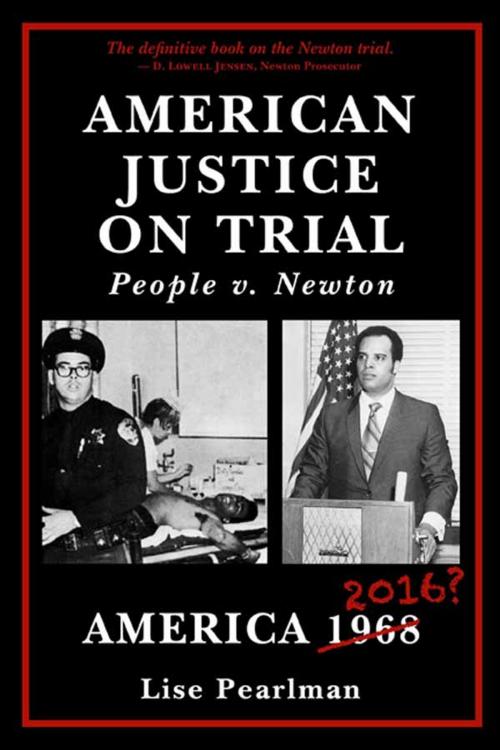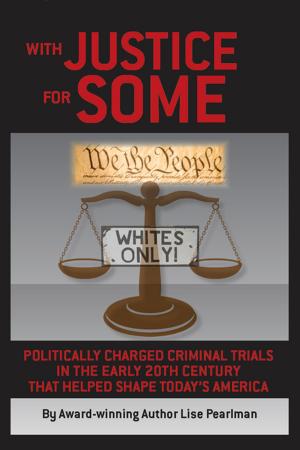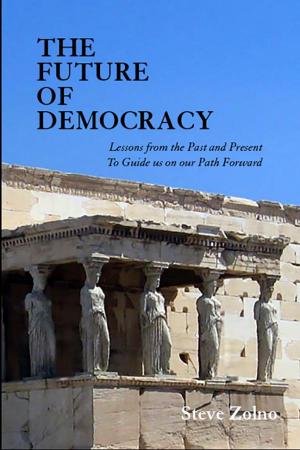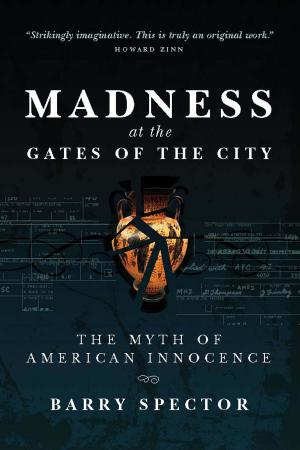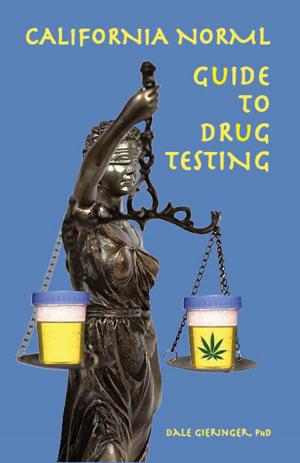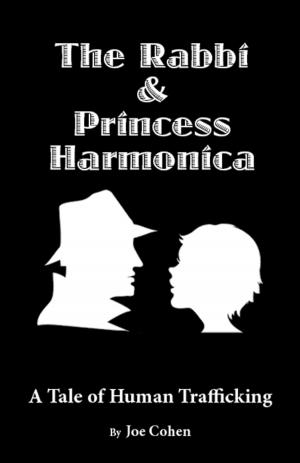AMERICAN JUSTICE ON TRIAL
People v. Newton
Nonfiction, Reference & Language, Law, Criminal law, Social & Cultural Studies, Social Science, Discrimination & Race Relations| Author: | Lise Pearlman | ISBN: | 9781587903700 |
| Publisher: | Regent Press | Publication: | October 1, 2016 |
| Imprint: | Regent Press | Language: | English |
| Author: | Lise Pearlman |
| ISBN: | 9781587903700 |
| Publisher: | Regent Press |
| Publication: | October 1, 2016 |
| Imprint: | Regent Press |
| Language: | English |
As I write this, the nation is still reeling from multiple shocks in July 2016. First, as the month began, came yet two more videotaped incidents of police shooting to death black arrestees after many other such widely-publicized incidents over the previous several years. The day after the Fourth of July holiday, disturbing footage went viral of Baton Rouge police outside a convenience store firing repeatedly at 37-year-old Alton Sterling while two white policemen already had Sterling pinned face down on the ground. A day later, a thousand miles away in a suburb of St. Paul, Minnesota, the quick-thinking girl friend of Philandro Castile used her cell phone to capture a local policeman still waving his gun outside Castile’s car window as Castile lay bleeding to death seated beside her following a traffic stop. This graphic image was followed within days by breaking news of a horrific sniper attack on Dallas policemen who were monitoring one of many Black Lives Matter protest rallies prompted by the deaths of Sterling and Castile. Then, on July 17, 2016 came another attack, this time on Baton Rouge police. The carnage and proliferation of demonstrations and hostile reactions in the aftermath have drawn renewed national focus to fractured police-community relations in cities across country, the very issue that gave rise to the Black Panther Party a half century ago. Indeed, the day after video footage went viral of Castile dying from gunshot wounds following a traffic stop, AlterNet reporter Alexandra Rosenmann drew a direct comparison to the sensationalized 1968 murder trial of Panther Party co-founder Huey Newton. Rosenmann titled her web article, “Gun Rights, Police Brutality and the Case of the Century: Philandro Castile’s tragic case of police brutality pulls one of the most famous cases back into focus.”1 The two incidents did start out in similar ways. In the early morning of October 28, 1967, Oakland policeman John Frey stopped the car Newton was driving to write a ticket for an unpaid traffic fine. A shootout ensued that left Officer Frey dead and Newton and a back-up officer seriously wounded. Newton claimed to have been unarmed and the victim of an abusive arrest; no gun belonging to Newton was found. His death penalty trial the following summer drew international attention to whether any black man could get a fair trial in America. Before the deadly July 2016 incidents occurred, interviewees for this book had already noted the remarkable relevance of the 1968 Newton case to current events. Among them is William “Bill” Patterson, a former President of the Oakland NAACP and the first black foreman of the Alameda County Grand Jury: “It does resonate today. A young man [Oscar Grant III] being killed in the BART station by BART police and how that played out. The Florida case . . . again another young man [Trayvon Martin] shot to death. These situations continue to emerge and if we are not careful, we will find history repeating itself.” In the past several months, both champions and critics of the Black Lives Matter movement have drawn parallels to the split among Americans in the turbulent 1960s. The comparisons reached a point where President Obama felt compelled to reassure the world, on July 9, 2016, that most Americans are not as divided as we were fifty years ago: “When we start suggesting that somehow, there’s this enormous polarization and we’re back to the situation in the ’60s, that’s just not true. You’re not seeing riots, and you’re not seeing police going after people who are protesting peacefully. . . . We’ve got a foundation to build on . . .” President Obama himself symbolizes the profound change in the fabric of our nation over the past half century. So, too, do black police chiefs like Dallas Police Chief David Brown. Chief Brown’s reaction to a black gunman ambushing randomly chosen white officers on the evening of July 7, 2016, captured the sentiments of most Americans: “We are heartbroken. There are no words to describe the atrocity that occurred in our city. All I know is this must stop: this divisiveness between our police and our citizens.” This book scrutinizes the 1968 Newton trial and its context and poses the same questions President Obama and others have recently addressed: what has changed in this country in the last half century and what has not? How do we best move forward? — Lise Pearlman Oakland, California September 2016
As I write this, the nation is still reeling from multiple shocks in July 2016. First, as the month began, came yet two more videotaped incidents of police shooting to death black arrestees after many other such widely-publicized incidents over the previous several years. The day after the Fourth of July holiday, disturbing footage went viral of Baton Rouge police outside a convenience store firing repeatedly at 37-year-old Alton Sterling while two white policemen already had Sterling pinned face down on the ground. A day later, a thousand miles away in a suburb of St. Paul, Minnesota, the quick-thinking girl friend of Philandro Castile used her cell phone to capture a local policeman still waving his gun outside Castile’s car window as Castile lay bleeding to death seated beside her following a traffic stop. This graphic image was followed within days by breaking news of a horrific sniper attack on Dallas policemen who were monitoring one of many Black Lives Matter protest rallies prompted by the deaths of Sterling and Castile. Then, on July 17, 2016 came another attack, this time on Baton Rouge police. The carnage and proliferation of demonstrations and hostile reactions in the aftermath have drawn renewed national focus to fractured police-community relations in cities across country, the very issue that gave rise to the Black Panther Party a half century ago. Indeed, the day after video footage went viral of Castile dying from gunshot wounds following a traffic stop, AlterNet reporter Alexandra Rosenmann drew a direct comparison to the sensationalized 1968 murder trial of Panther Party co-founder Huey Newton. Rosenmann titled her web article, “Gun Rights, Police Brutality and the Case of the Century: Philandro Castile’s tragic case of police brutality pulls one of the most famous cases back into focus.”1 The two incidents did start out in similar ways. In the early morning of October 28, 1967, Oakland policeman John Frey stopped the car Newton was driving to write a ticket for an unpaid traffic fine. A shootout ensued that left Officer Frey dead and Newton and a back-up officer seriously wounded. Newton claimed to have been unarmed and the victim of an abusive arrest; no gun belonging to Newton was found. His death penalty trial the following summer drew international attention to whether any black man could get a fair trial in America. Before the deadly July 2016 incidents occurred, interviewees for this book had already noted the remarkable relevance of the 1968 Newton case to current events. Among them is William “Bill” Patterson, a former President of the Oakland NAACP and the first black foreman of the Alameda County Grand Jury: “It does resonate today. A young man [Oscar Grant III] being killed in the BART station by BART police and how that played out. The Florida case . . . again another young man [Trayvon Martin] shot to death. These situations continue to emerge and if we are not careful, we will find history repeating itself.” In the past several months, both champions and critics of the Black Lives Matter movement have drawn parallels to the split among Americans in the turbulent 1960s. The comparisons reached a point where President Obama felt compelled to reassure the world, on July 9, 2016, that most Americans are not as divided as we were fifty years ago: “When we start suggesting that somehow, there’s this enormous polarization and we’re back to the situation in the ’60s, that’s just not true. You’re not seeing riots, and you’re not seeing police going after people who are protesting peacefully. . . . We’ve got a foundation to build on . . .” President Obama himself symbolizes the profound change in the fabric of our nation over the past half century. So, too, do black police chiefs like Dallas Police Chief David Brown. Chief Brown’s reaction to a black gunman ambushing randomly chosen white officers on the evening of July 7, 2016, captured the sentiments of most Americans: “We are heartbroken. There are no words to describe the atrocity that occurred in our city. All I know is this must stop: this divisiveness between our police and our citizens.” This book scrutinizes the 1968 Newton trial and its context and poses the same questions President Obama and others have recently addressed: what has changed in this country in the last half century and what has not? How do we best move forward? — Lise Pearlman Oakland, California September 2016
